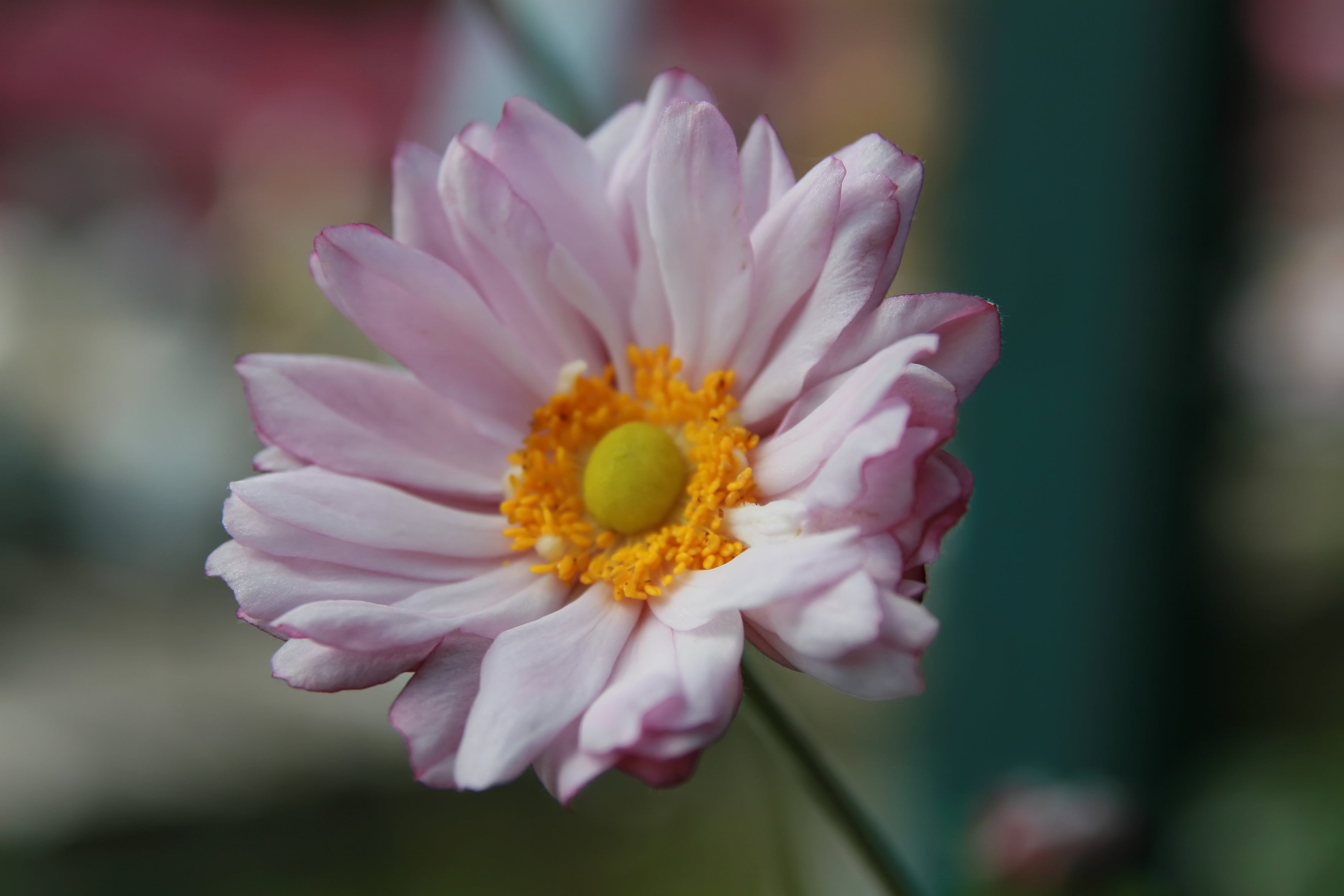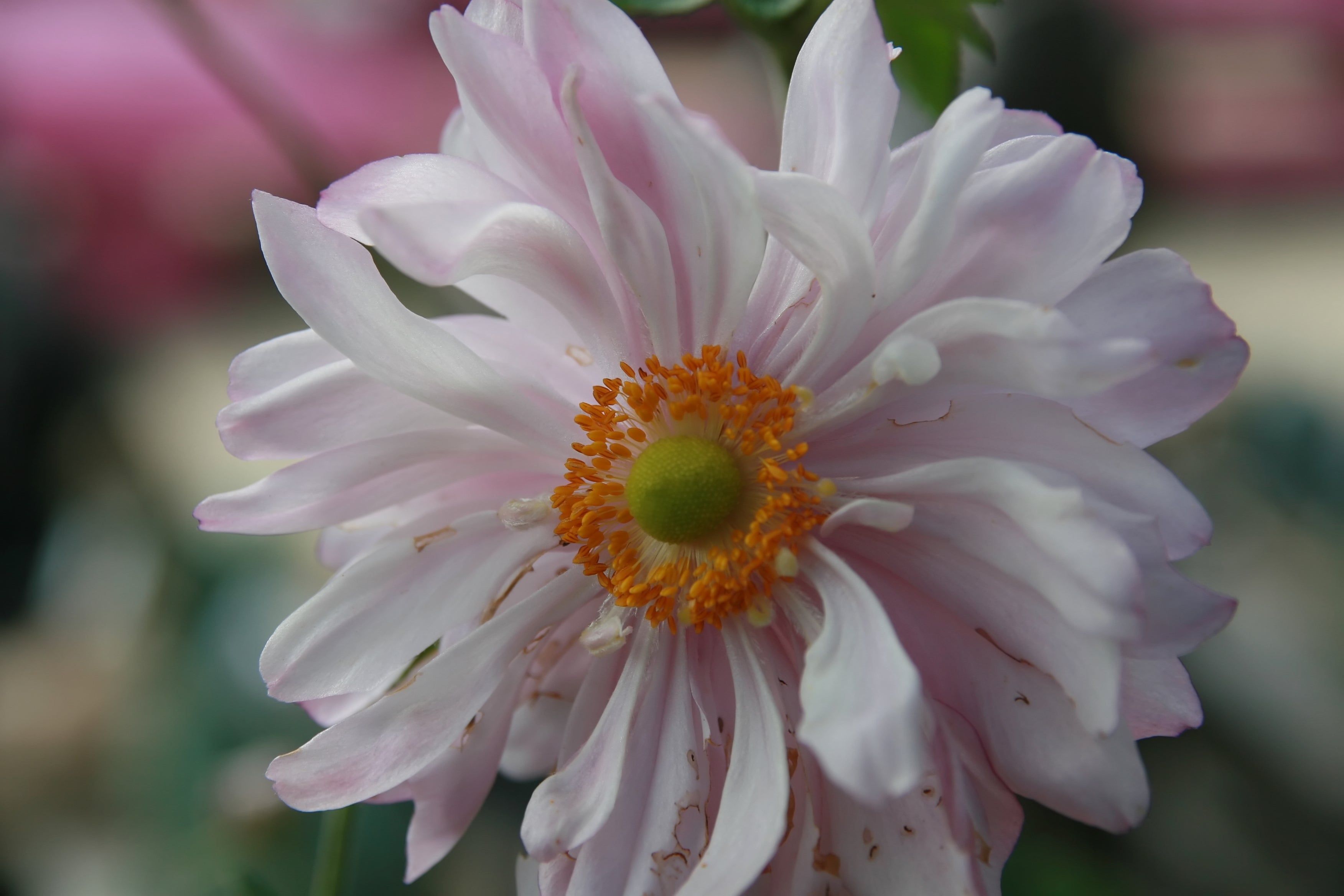Anemone x hybrida 'Königin Charlotte'
Approx. 0.5 litre pot
About this cultivar:
Anemone x hybrida 'Königin Charlotte' is a perennial with attractive, divided leaves and large rich rose-pink, semi-double flowers with many overlapping petals, giving it a luxurious frilly appearance. A 1906 introduction from Lemoine says the RHS AGM Trial report, which I don't believe because the name is German. More likely an 1898 Wilhelm Pfitzer introduction (see here).
Anyway, she is still a beauty and was crowned with an RHS AGM.
- Position: Full sun, partial shade
- Soil: Almost any soil
-
Flowers: August, September, October
- Other features: Royal Horticultural Society Award of Garden Merit (RHS AGM), Woodland Plant
- Hardiness: H7 - Hardy in the severest European continental climates (< -20°C)
- Habit: Clump forming
- Foliage: Deciduous
- Height: 105 - 145 cm (3.5 - 4.5 ft)
- Spread: 60 - 90 cm (2 - 3 ft)
- Time to full growth: 2 to 5 years
- Plant type: Herbaceous Perennial
- Colour: Pink, yellow, green
- Goes well with: Aster, Rudbeckia. Fuchsia, Hydrangea, and Geranium. Also great on its own.
About this genus:
Anemone is a herbaceous perennial genus that contains over 100 species that are native to temperate habitats all over the world. According to the Oxford English Dictionary, Anemone means "daughter of the wind" in ancient Greek– hence we sometimes call it 'Windflower'. The Metamorphoses of Ovid tells us that the plant was created by the goddess Venus when she sprinkled nectar on the blood of her dead lover Adonis. Dramatic...Depending on the species or cultivar Anemone can flower in different colours at different times of the year. Tuberous Anemone species generally flower in spring (eg: Anemone nemorosa), Mediterranean Anemone species flower in summer (eg: Anemone coronaria) and the larger, fibrous rooted Anemone species flower in autumn(eg: Anemone hupehensis). We stock quite a few of the species so read the description carefully!
Some Anemone species have their preferences regarding soil and location. However in our garden trials we have found cultivars that are not fussy and should happily grow in most garden locations; these are the ones we are selling here.
This sounds boring, but in general we prefer to plant most of our Anemone on their own in larger-than-average clumps. The most obvious exception are the Japanese forms, Anemone hupehensis (which are actually from Hupeh in China, not Japan). These grow a bit taller and can compliment daisy type flowers like Aster and Rudbeckia. Fuchsia, Hydrangea, and Geranium also work well with some Anemone.




